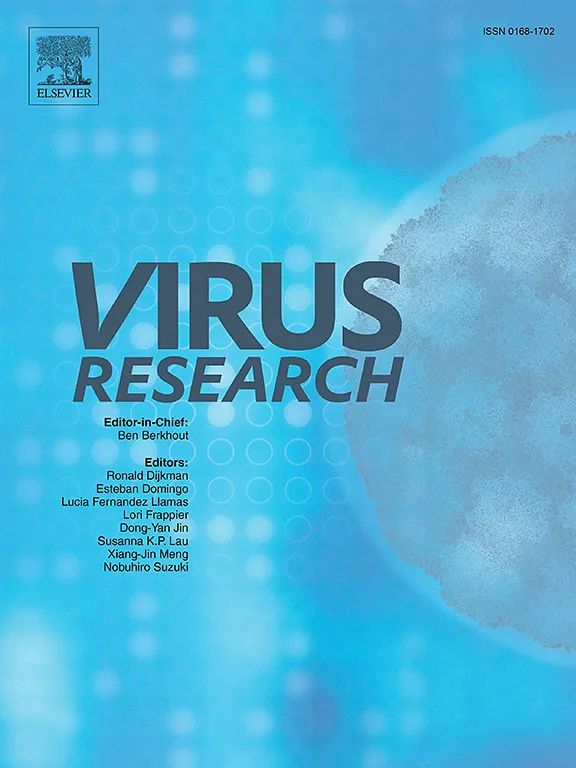Analysis of polyclonal and monoclonal antibody to the influenza virus nucleoprotein in different oligomeric states
IF 2.5
4区 医学
Q3 VIROLOGY
引用次数: 0
Abstract
Influenza virus nucleoprotein (NP) is one of the most conserved influenza proteins. Both NP antigen and anti-NP antibodies are used as reagents in influenza diagnostic kits, with applications in both clinical practice and influenza zoonotic surveillance programs. Despite this, studies on the biochemical basis of NP diagnostic serology and NP epitopes are not as developed as for hemagglutinin (HA), the fast-evolving antigen which has been the critical component of current influenza vaccines. Here, we characterized the NP serology of mice, ferrets, and human sera and the immunogenic effects of NP antigen presented as different structural complexes. Furthermore, we show that the classical mouse anti-NP mAb HB65 could detect NP in some commercial influenza vaccines. MAb HB65 bound a linear epitope with nanomolar affinity. Our analysis suggests that linear NP epitopes paired with their corresponding characterized detection antibodies could aid in designing and improving diagnostic technologies for influenza viruses.
不同寡聚态流感病毒核蛋白的多克隆和单克隆抗体分析
流感病毒核蛋白(NP)是最保守的流感蛋白之一。NP抗原和抗NP抗体都被用作流感诊断试剂盒的试剂,在临床实践和流感人畜共患监测项目中都有应用。尽管如此,对NP诊断血清学和NP表位的生化基础的研究并不像对血凝素(HA)的研究那样发达,血凝素是一种快速进化的抗原,是当前流感疫苗的关键成分。在这里,我们对小鼠、雪貂和人血清的NP血清学进行了表征,并分析了不同结构复合物的NP抗原的免疫原性作用。此外,我们发现经典的小鼠抗NP单抗HB65可以检测一些商业流感疫苗中的NP。单抗HB65结合具有纳米级亲和力的线性表位。我们的分析表明,线性NP表位与其相应的特征检测抗体配对可以帮助设计和改进流感病毒的诊断技术。
本文章由计算机程序翻译,如有差异,请以英文原文为准。
求助全文
约1分钟内获得全文
求助全文
来源期刊

Virus research
医学-病毒学
CiteScore
9.50
自引率
2.00%
发文量
239
审稿时长
43 days
期刊介绍:
Virus Research provides a means of fast publication for original papers on fundamental research in virology. Contributions on new developments concerning virus structure, replication, pathogenesis and evolution are encouraged. These include reports describing virus morphology, the function and antigenic analysis of virus structural components, virus genome structure and expression, analysis on virus replication processes, virus evolution in connection with antiviral interventions, effects of viruses on their host cells, particularly on the immune system, and the pathogenesis of virus infections, including oncogene activation and transduction.
 求助内容:
求助内容: 应助结果提醒方式:
应助结果提醒方式:


